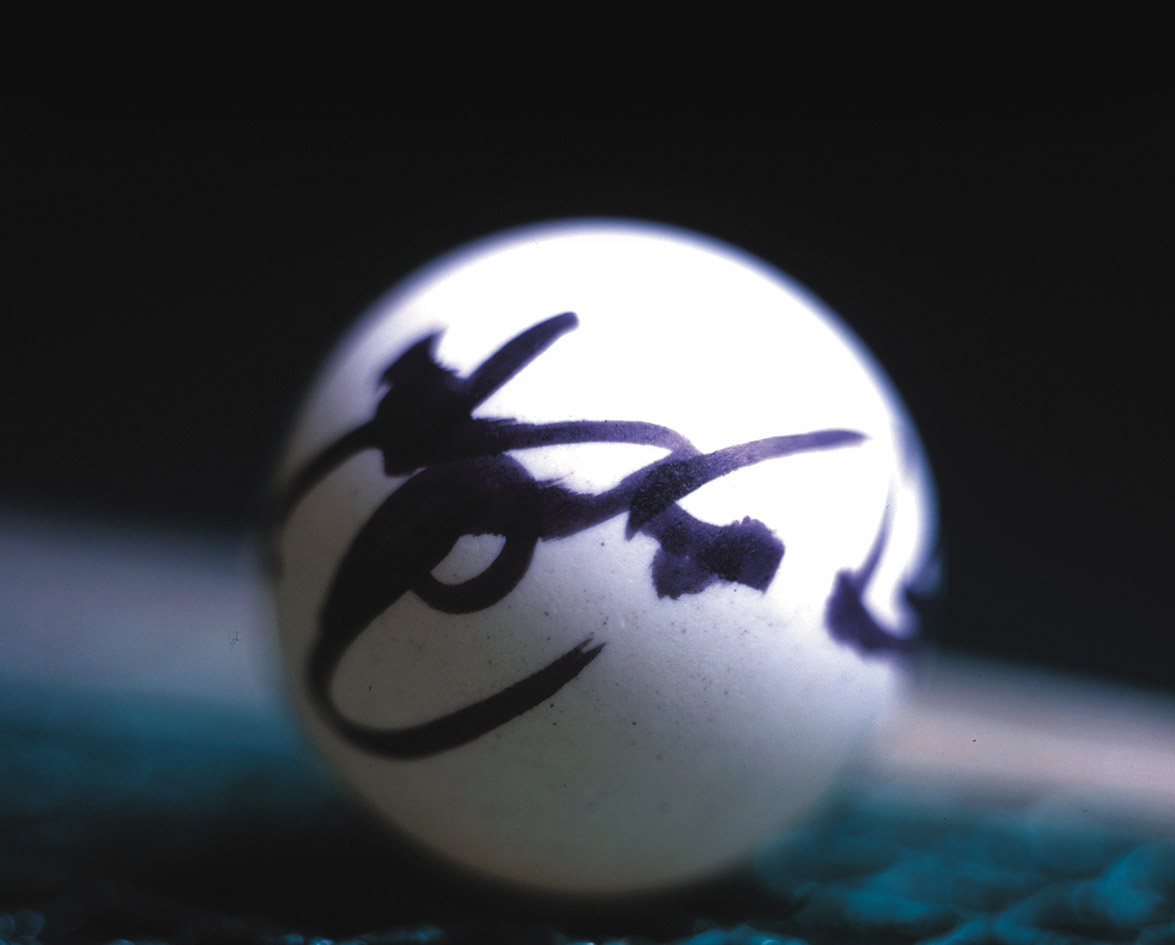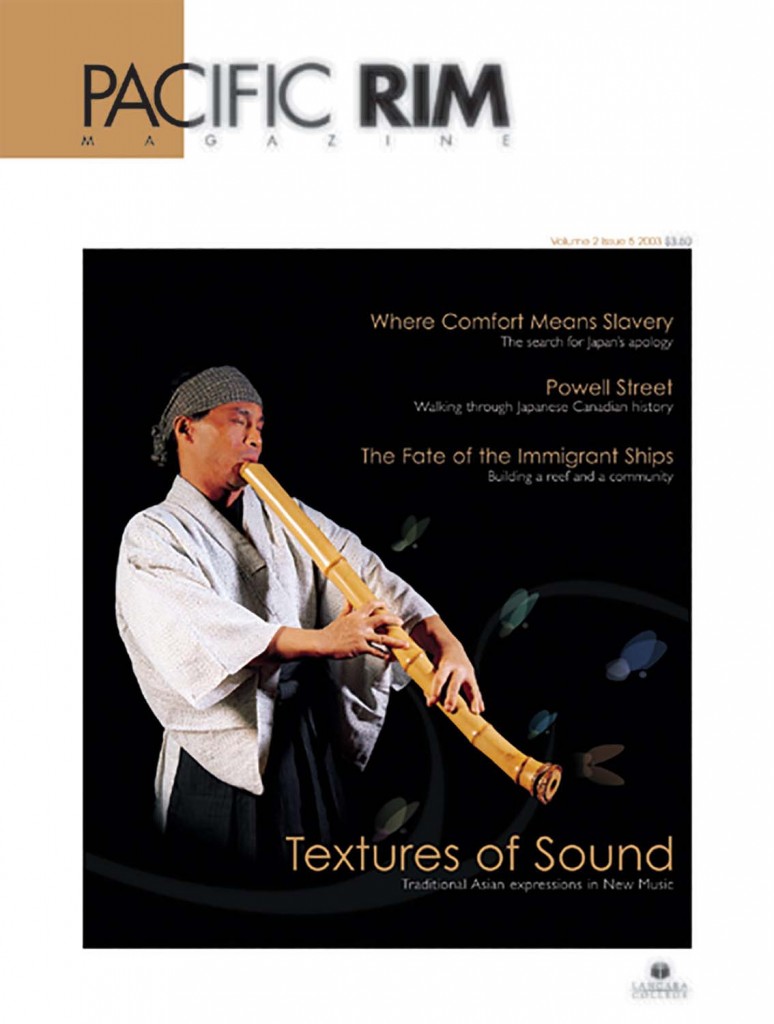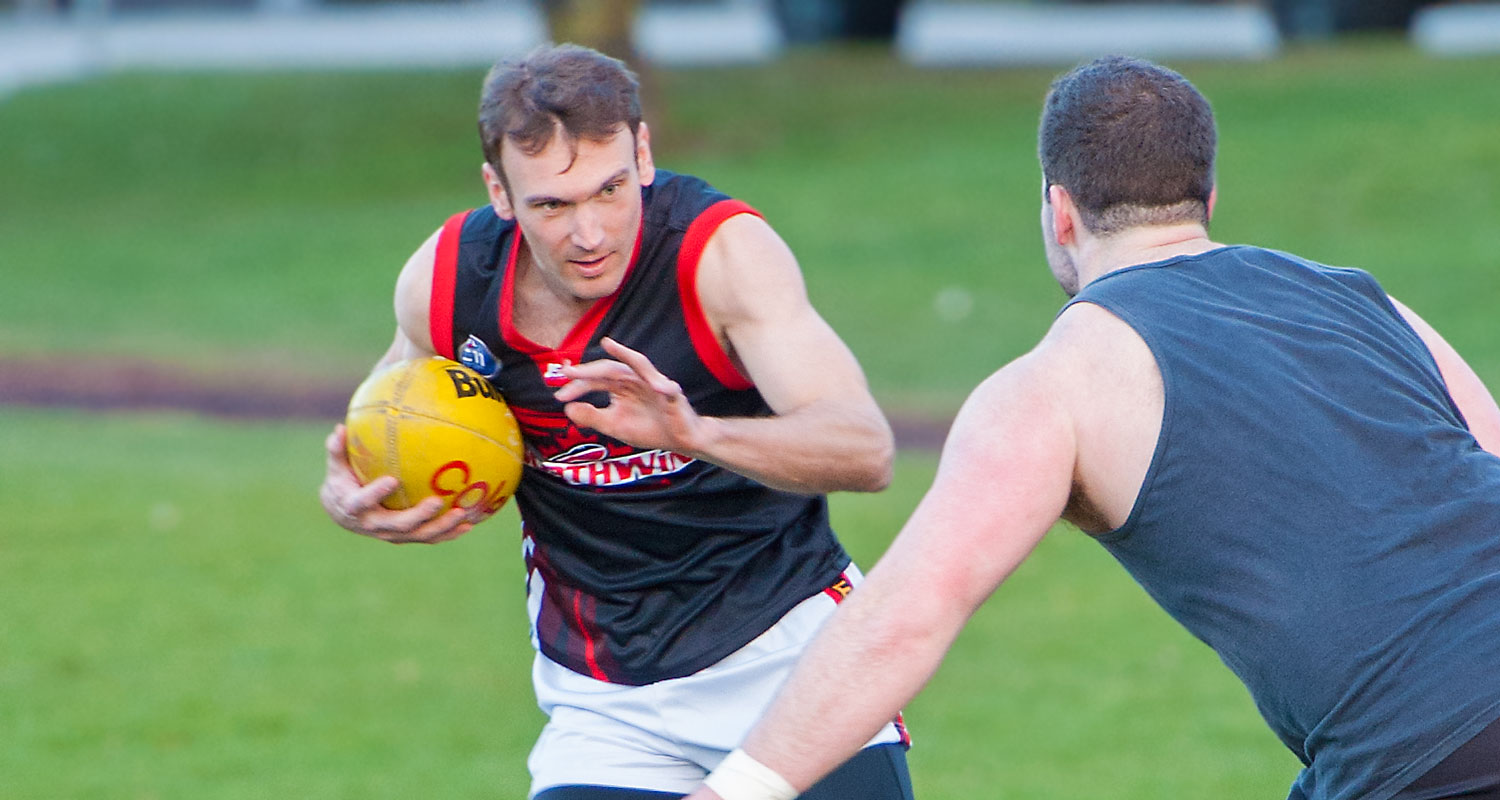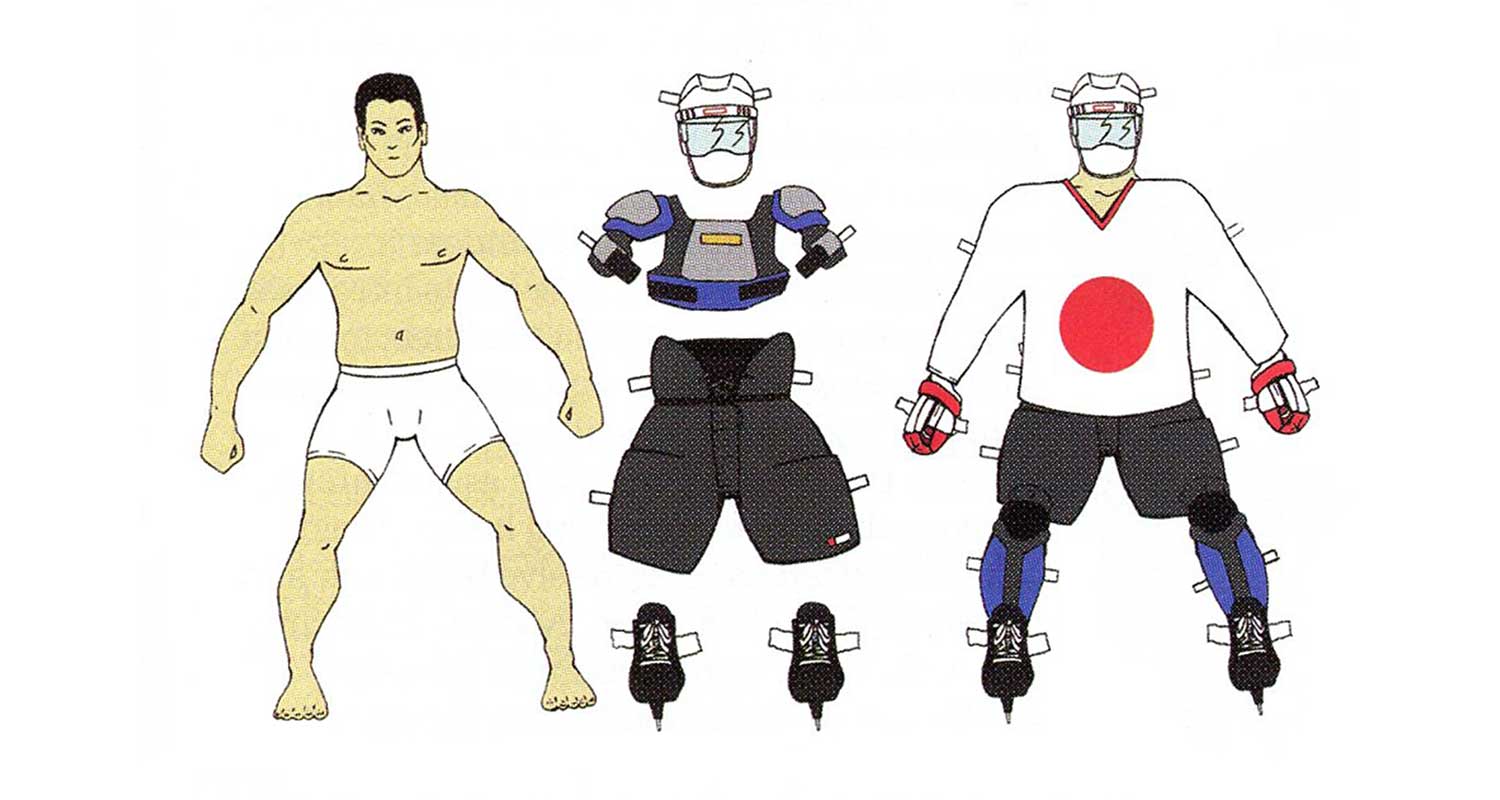In the early 1880s, bored British army officers carved corks from wine bottles into balls and began hitting them over a row of books, using cigar lids as paddles. First called “Whiff Whaff,” it soon changed to “Flim Flam” and then “Gossima.” Eventually, the cork ball was replaced with a bouncy celluloid ball that made a distinct ping and pong sound when it was hit. Not only a new game but a new name was born.
From the ping pong parlours of New York to the Olympics, ping pong has been played by millions across the globe, eventually becoming a world-renowned sport called table tennis. When thinking about table tennis, many Canadians think of batting an elusive, little white ball back and forth in basements or youth clubs. But forget the stereotypes of rec rooms, leisure suits, and sweatbands—there’s more to this game than its given credit for.
Table Tennis Enters The Olympics
Table tennis was officially recognized as an Olympic sport in 1988. It is played by over 250 million people worldwide and considered by most players to be the number one participation sport in the world, even above soccer. It’s especially popular in Southeast Asian countries and Eastern Europe, where it’s treated with the same respect Canadians give hockey.
Table tennis is a challenging, complex sport requiring dexterity and talent. Some world class players put up to 9,000 rpm of spin on a ball during a match, with a hard hit ball travelling up to 144 km/h. In addition, table tennis is psychologically challenging, for players must make split second decisions and take calculated risks. A game of 11 points lasts only about 10 minutes, so players must strategize and move in an instant. “The pace is so fast,” said Danny Lau. “You have to remember what happened two seconds prior. You have to remember everything from the start right up to the end, otherwise you may lose the point.”
It’s A Physical Game
Table tennis is as much a physical game as a mental one. “It’s good exercise,” attested Lau. “In the first two years I played, I lost 15 pounds. It’s very physically demanding—you bend down and pick up the ball and bend down and pick up the ball. That helps to reduce your waistline!”
Because it’s not necessary to be big or strong to play, competitors on the small side have the advantage. This means everyone, young and old, men and women, has equal opportunity. Danny Lau didn’t start playing until he was 57. Even world-class players are older than the average athlete. Vancouver’s Johnny Huang was almost 40 when he played for Canada during the Sidney Olympic Games.
Table Tennis In The Lower Mainland
Like any sport with its own superstars, table tennis has fanatics, many of whom, including Lau, congregate at the Bridgeport Club in Richmond. At 1,260 square metres with over 20 tables, Bridgeport is Vancouver’s table tennis mecca, the epicenter of the largely unrecognized table tennis subculture of Vancouver.
Compared with all the ice rinks, tennis courts and gymnasiums around town, Vancouver’s table tennis facilities seem unjustly meagre in comparison, as does support for the game. “The sponsors don’t do anything about table tennis,” said Lau. “You go to London Drugs, for example, and say, ‘I have a hockey team. I need sponsorship.’ It’s no problem. If you said, ‘Oh, I have a table tennis club, I need sponsorship,’ they say, ‘What is table tennis?’” Without funding for tournaments and facilities, talented kids often drop the sport at a young age because there’s no future in the game. In China, it’s much easier to succeed as a table tennis player. “You are guaranteed a job as a coach or a player in China if you are recognized, and paid handsomely for it,” Lau said. “The salary is similar to a doctor’s.”
Lau’s solution is to get kids involved early in the sport and to introduce it into high schools where he feels kids will be hooked once they try it. However, he finds himself caught in a paradox. The sport cannot secure funding because it’s not popular, but table tennis will never become popular without more financial support. He feels Canada will lose out on potential world champions and Olympic athletes as a result.
Although table tennis may never take the place of hockey in Canada, 250 million people enjoy the sport around the world. Lau hopes more people will give it a chance and get involved by playing recreationally, competitively, and in the basement or at Bridgeport. But whatever you do, Lau pleaded, don’t call it ping pong.











